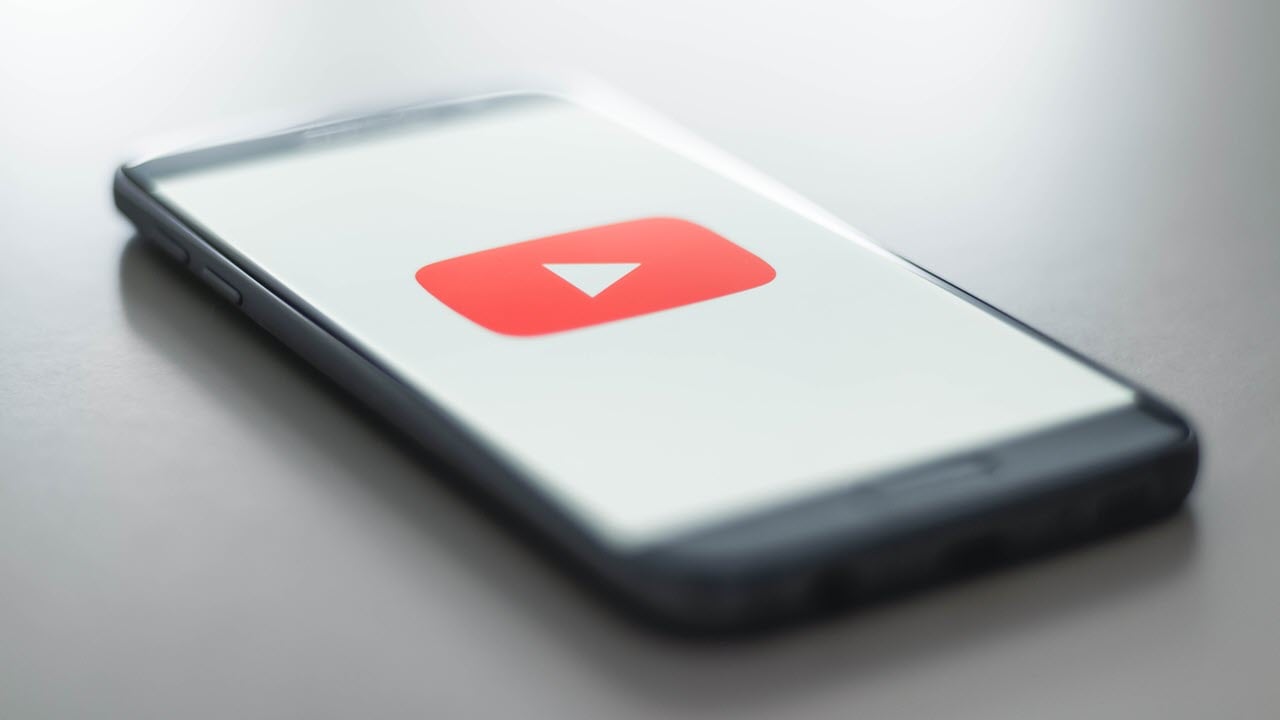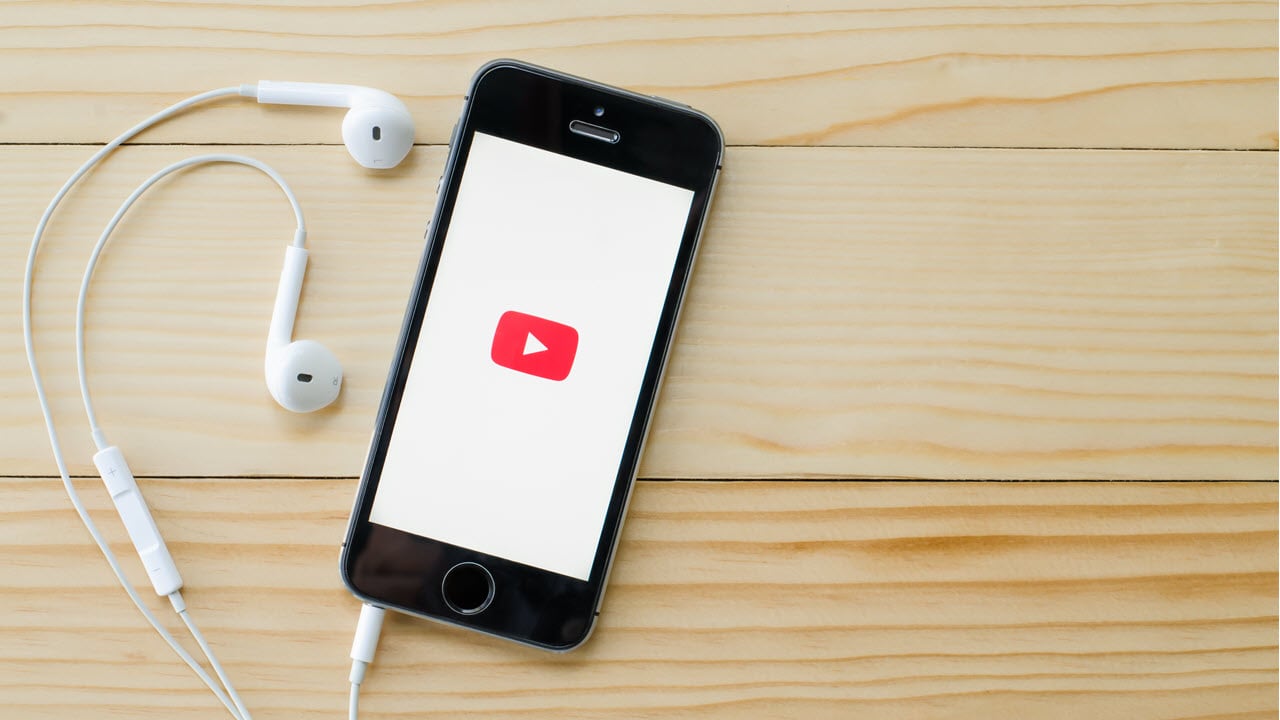Thanks to technology, the world changed rapidly in a short amount of time. Gone are the days when the only valid professions were in medicine, engineering, or the law. Today, people can pursue any career, which includes becoming a YouTuber on the internet.
However, there is still a stigma about online professions, especially YouTube. Admittedly, it doesn’t sound like a great career move to create and post content on a free video sharing service.
Moreover, there doesn’t appear to be much job security on a trend-driven platform. Regardless, some people have made it big and struck gold on YouTube. In 2018, a seven-year-old became the highest-paid YouTuber, pulling in $22 million.
For those who play their cards right, YouTube can become their stepping stone to something big or even their whole career. Here’s what it takes to be a YouTuber.
First and foremost, you’ll need a Gmail ID through which you can create your YouTube channel. After that, it’s as easy as just signing up, filling in your details, attach your profile picture, background image, social media links and uploading a video. You’ll also learn about verifying your YouTube channel here.
Also read: How to verify your YouTube channel?
Making content that sells
As mentioned above, the YouTube audience is heavily influenced by what’s new and popular. Hence, to stay relevant, content creators must choose their niche wisely.
Some well-loved genres include animal videos, gaming lets plays, music, pranks, comedy, vlogs, and product reviews. Currently, most subscribed YouTubers have made their fortune with videos about gaming, music, DIY crafts, and sports.
In 2016, comedy, news, and music were the best selling content. Pewdiepie, currently the biggest channel on YouTube, is best known for making Let’s Play commentaries and vlogs.

Of course, most YouTubers jump on the bandwagon of trends. So whenever a new tag or meme rolls around, YouTube content creators are among the first to recreate or react to it.
In the past few years, the Cinnamon Challenge, Draw My Life, Ice Bucket Challenge, and Diss Tracks have made waves in the community, with each new video under the tag gaining more views than the last.
Choosing a popular genre to create content for doesn’t guarantee success on YouTube, but it certainly helps.
Also read: Netflix vs Amazon Prime Video vs Hotstar vs YouTube Premium
Establishing an audience
In the US, YouTube reaches more 18 to 49-year-olds on mobile alone than any cable TV network. Moreover, more people in this age group tune in to YouTube during prime time than the top 10 TV shows combined.
Experts have prospected that in 2020, videos will account for 23.2% of marketing spend, up from 17.7% in 2015. In addition, 55% of Google universal search results include videos.
A lack of audience will not be an issue for content creators.
However, it is easy for a single video to get lost entirely in the stream of media influx that viewers receive daily. To capture an audience and to make them stay, YouTubers need to get creative.

YouTube, unlike conventional forms of entertainment, is highly interactive. Most creators find inspiration in the comments section or even outright ask the community what they want to see.
Hence, their videos will always get views from the majority of their subscribers. Also, they will have new viewers pouring in as the video would cater to popular demand.
According to YouTube’s statistics, top-performing brands curate twice as many playlists as the bottom 25%.
YouTubers rake in more views by subtly encouraging their viewers to complete watching the entire playlist. Besides, most YouTubers promote their other videos in the end card.
Using keyword-rich titles and descriptions improves their chances of being discovered. Promoting on other websites such as Instagram and Twitter also helps in bringing in new viewers.
Also read: Top 7 YouTube alternatives every streamer must check out
Cashing in the success
In 2016, a study revealed that US-based primetime television advertisers could have reached 56% more people by advertising on YouTube.
In the final quarter of the same year, YouTube revealed that their top 100 advertisers had increased their spending by 50%. They also predicted that digital video ad spending in the US would read $28.08 billion in 2020 from only $6.84 billion in 2015.
The primary way in which YouTubers make money is through ads. Advertisers pay between $1 to $5 for every thousand views of a specific ad. So a video that gets a million views can generate up to $5000 for the creator.
However, as YouTube has grown and developed, the rates have been falling. Moreover, YouTube takes 50% of the overall revenue, so creators must explore other money-making avenues.

Most YouTubers put out merchandise for their supportive viewers. Merchandise creates a sense of belonging and community. This is a powerful tool that content creators can wield to encourage more purchases.
A feeling of exclusivity among the viewers is another tool that creators can use to their advantage. A Patreon is essentially an online tip jar that allows viewers to support YouTubers.
Subscribers who pay even a dollar a month can get access to exclusive content not available anywhere else. This principle is also behind YouTube’s recent launch of channel memberships.
However, the most lucrative venture for YouTubers is brand deals and sponsorships. They are required by law to disclose that they are being paid to promote a product, but a brand deal can pay about twelve times their monthly AdSense.
Many content creators also use YouTube as a trampoline to move on to bigger and better things.
Prominent musicians like Justin Bieber, Ed Sheeran, Shawn Mendes, and Charlie Puth got their start on YouTube. Grace Helbig, Lilly Singh, Adam Conover, and Colleen Ballinger moved up to star in their TV shows after creating content on YouTube for years.
YouTube is still a risky venture, but there can only be bigger and better things in store for anyone who plays their cards right.
Also read: Top 11 tech channels on YouTube that you must check out






